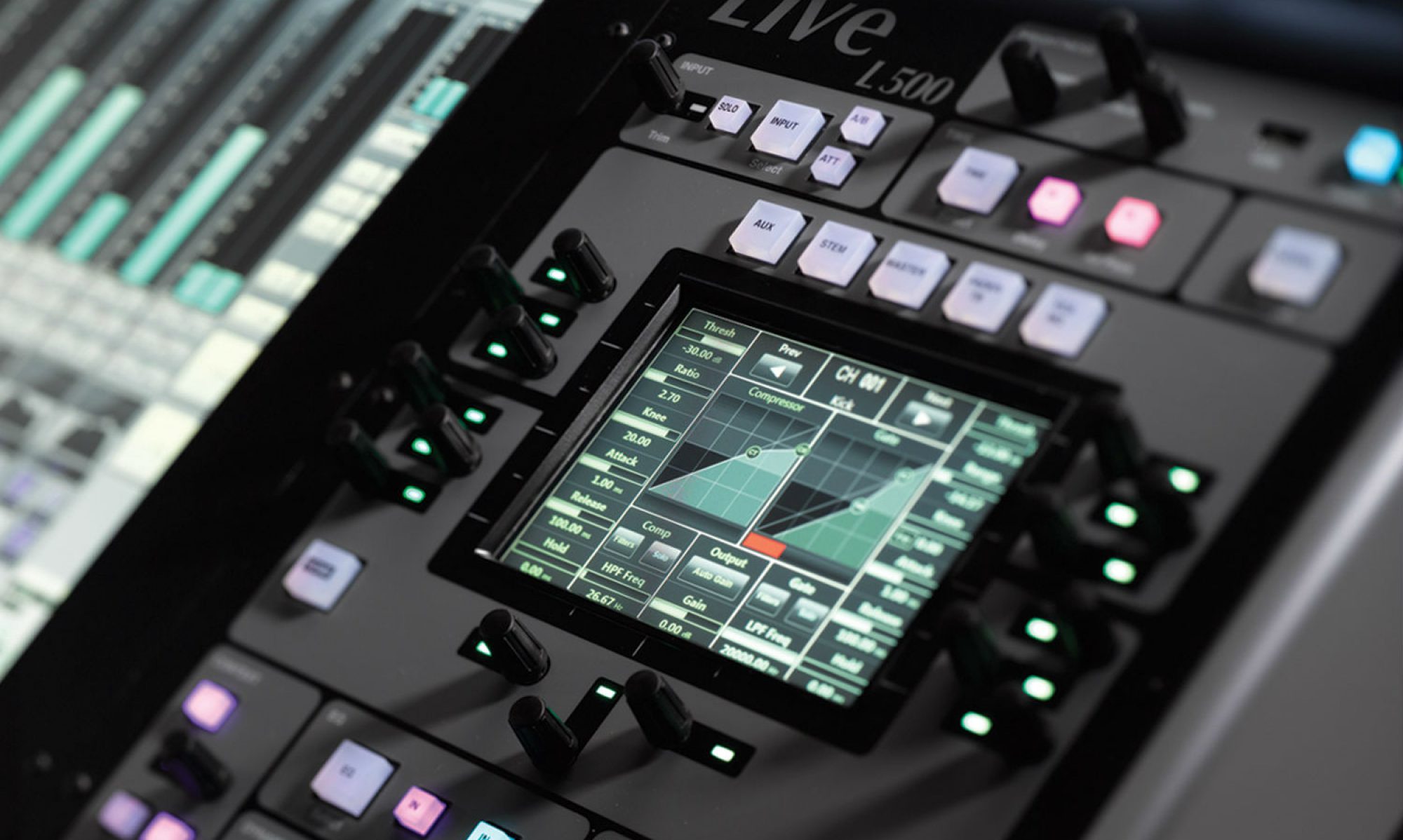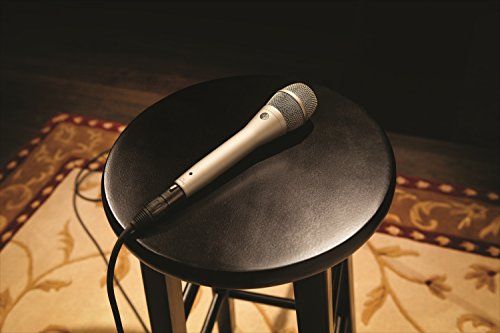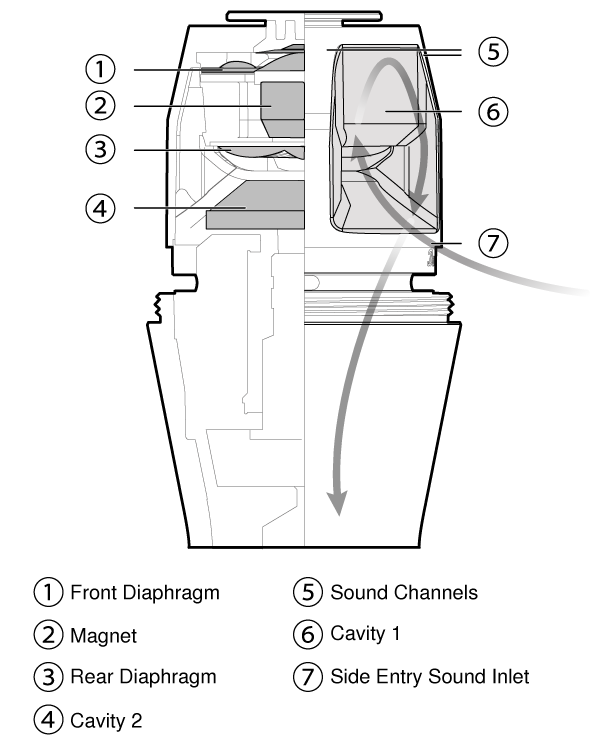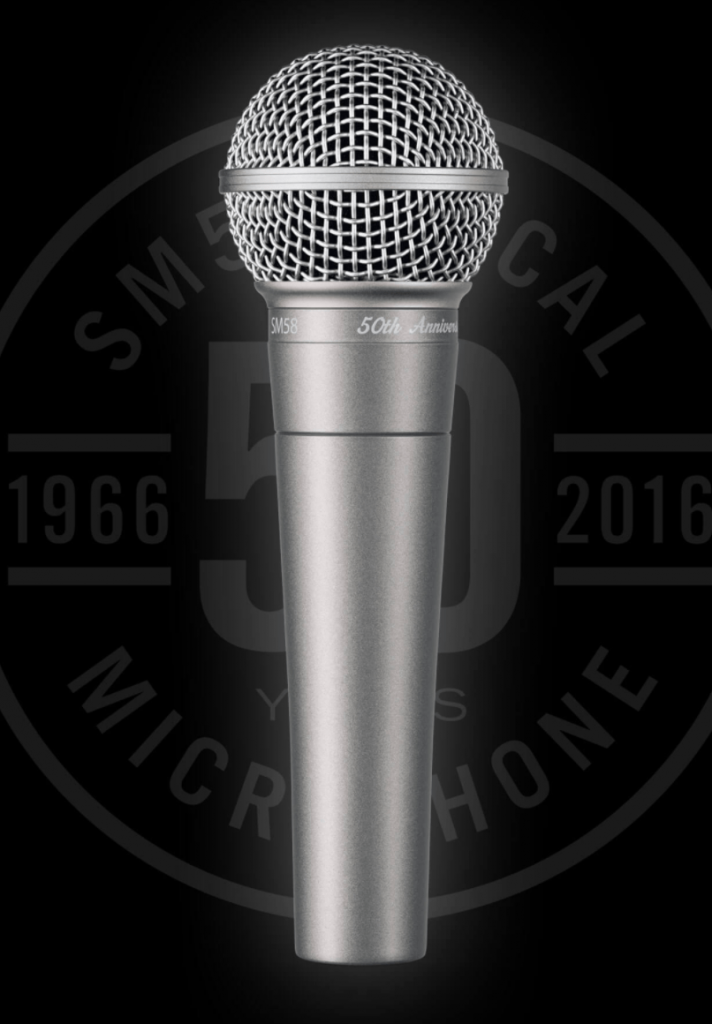Over the last couple of weeks we’ve been discussing the capsules I use for vocals where I work. In week 1, I talked about the SM58 and how it is definitely the standard to which all mics are measured against. Last week I briefly discussed the KSM8 and how it’s unique capsule design makes it a great mic for new vocalists as I test the waters. This week we are talking about the KSM9. This particular mic was probably the first vocal mic beyond the SM58 and SM87 that I ever got to use. Man was it a change from the norm in my mixing world. As I’ve said in the previous weeks, this series isn’t intended to be an advertisement for anything but my experience with these microphones. Feel free to reach out with a short post about a capsule you think should be included via email (daniel@studiostagelive.com).
The KSM9 is a pretty heavily used microphone in my repertoire. I love this capsule because it has the ability to tame big female voices and it offers two patterns for use (supercardioid and cardioid). You can go to this page and check out the KSM9 specs (I’ve included a snap of the response for it in cardioid mode). The response as you can see is really similar to last week’s KSM8 in that it is very smooth (with the exception of the top end). I generally use it in cardioid but there have been a few circumstances where super was helpful. Probably one of the highlights for this capsule is the rear rejection. It is the most impactful and strong at right about the distance that stage monitors (or in my case front fills) are from the back of the mic (about 6ft and beyond). This comes at a trade with a loss of stage noise rejection but once again, but we are matching vocalists to capsules for specific events so I’d generally pair it with a strong singer so stage noise isn’t an issue.
Practically this all translates to a mic that generally tends to smooth out harsh vocals. Because of its smooth response, it also has a big dynamic range. This makes it ideal for folks who tend to clip SM58s. Also, if I’m having to compress vocals pretty heavily or am having to really tune in the C6 in waves, oftentimes if I’m able, I’ll get out the KSM9 and just sit back and let it do it’s thing and naturally balance out the vocal range. I also love to use this with high alto or soprano singers so that the capsule is automatically balancing out their tone. This mic doesn’t seem to cover up the low mids as well as others which helps to even out the upper register. It’s for these two reasons that I usually pick the KSM9 over the SM58 for strong female background vocals.
Well that is all I have about the KSM9. It is probably my second favorite capsule for vocalists and while it is a bit more expensive I truly believe that having at least one would be beneficial if it is able to be purchased. Next week I’m jumping over to the male side of things and talking about the SeV7. Because of its price we picked it up really quickly after launch and haven’t turned back. To make sure you don’t miss that post subscribe at this link, and you’ll get an email whenever a new post has been published. If you have any questions about what I said, just email me at daniel@studiostagelive.com and I’ll get back to you as soon as I can. Have a great week!








